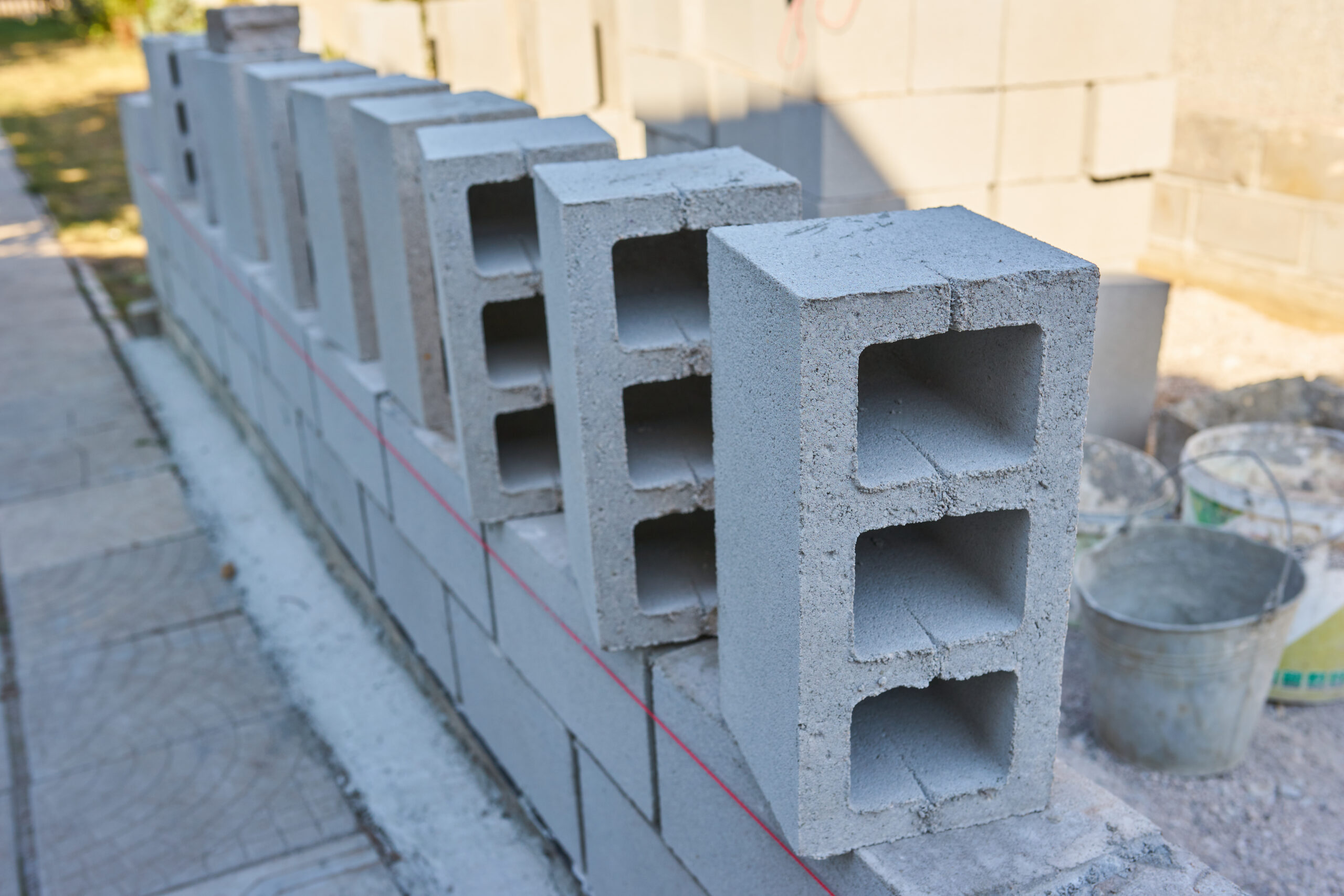Concrete block houses are known for their strength and affordability, making them a popular choice for many homeowners. But like any building material, they come with their own set of challenges. One of the most significant issues faced by concrete block homeowners is maintaining proper waterproofing. This article will delve into the problems associated with concrete block house problems, focusing on exterior concrete block house problems related to waterproofing, while also touching upon other disadvantages and energy efficiency.
Waterproofing Woes: The Achilles’ Heel of Concrete Block Houses
Concrete blocks themselves are porous, meaning they can absorb water like a sponge. Over time, this moisture infiltration can lead to a cascade of problems, including:
- Mold and Mildew Growth: Damp environments are breeding grounds for these unwelcome guests, posing health risks and creating unpleasant odors.
- Structural Damage: Water trapped within the concrete blocks can freeze and expand, causing cracks and potentially weakening the structure.
- Interior Damage: Water seepage can lead to damaged walls, ceilings, and flooring, turning your dream home into a costly repair project.
- Increased Energy Bills: Moisture can lead to condensation on walls and windows, reducing energy efficiency and driving up your utility costs.
Disadvantages of Concrete Blocks: Beyond Waterproofing
While offering advantages like strength and affordability, concrete blocks also come with some drawbacks to consider:
- Prone to Cracking: Concrete blocks can develop cracks due to foundation settling, shrinkage, or temperature fluctuations. These cracks become entry points for water, further exacerbating waterproofing issues.
- Temperature Regulation: Concrete has high thermal mass, meaning it absorbs and retains heat slowly. This can lead to uncomfortable temperature swings inside the house, especially in extreme weather conditions. While proper insulation can help mitigate this, it might be less effective compared to other building materials.
- Limited Design Flexibility: Concrete block construction offers less design flexibility compared to materials like wood or brick. While modern techniques can improve aesthetics, achieving a specific architectural style might be more challenging.
Are Cinder Block Homes Energy Efficient?
The answer depends on several factors, including:
- Wall Thickness: Thicker concrete block walls offer better insulation potential.
- Insulation Quality and Type: Adding proper insulation inside the walls significantly improves energy efficiency.
- Climate: In moderate climates, concrete block houses can be relatively energy efficient with proper insulation. However, in extreme climates, they might require additional measures for comfortable living.
Living with Confidence in a Concrete Block House
While concrete block house problems exist, particularly those related to waterproofing, they can be effectively managed with proper maintenance and proactive measures. Here are some key takeaways:
- Regular Inspections: Regularly inspect your foundation and walls for cracks or signs of moisture intrusion.
- Maintain Drainage: Ensure proper drainage around the house to prevent water pooling near the foundation.
- Address Leaks Promptly: Don’t delay addressing any cracks or leaks you discover. The longer they persist, the more extensive the damage can become.
- Consider Waterproofing Solutions: Depending on the severity of the problem, you might need to consider professional waterproofing solutions for the exterior foundation walls.
- Invest in Quality Insulation: Proper insulation is crucial for maximizing energy efficiency and maintaining comfortable temperatures inside your concrete block house.
By understanding the potential problems and taking preventative measures, you can turn your concrete block house into a durable, energy-efficient, and comfortable home for years to come.


